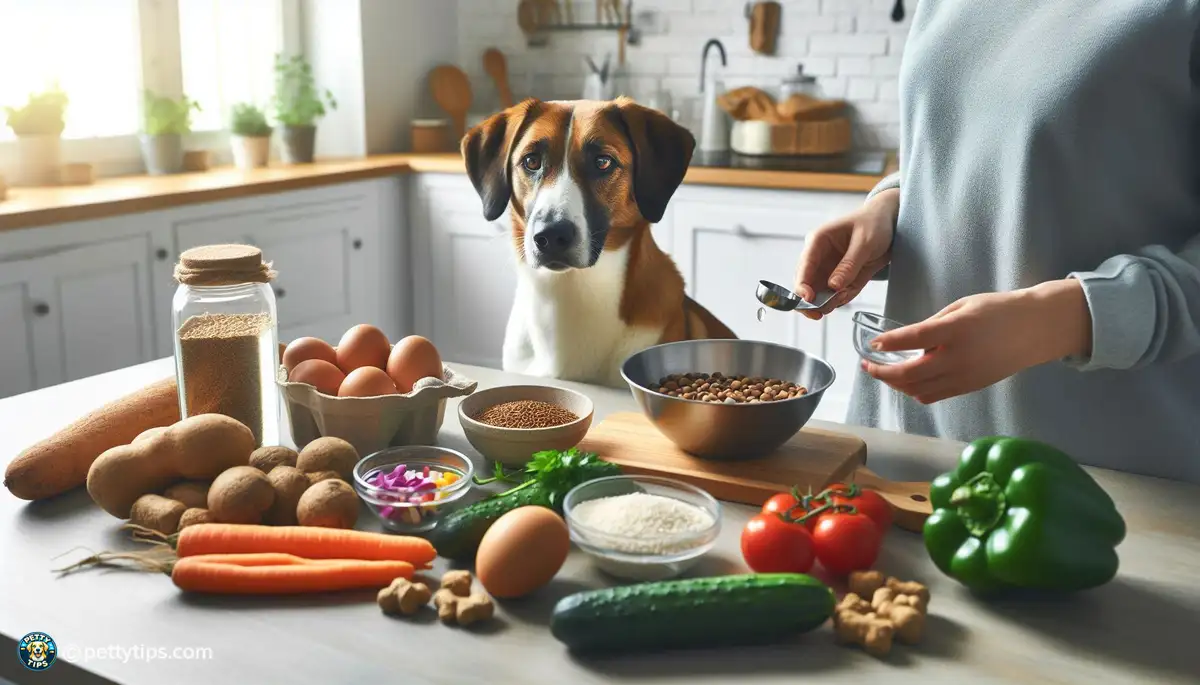- Home
- Pet Health and Wellness
- Transitioning Your Pet to a Holistic Diet
Transitioning Your Pet to a Holistic Diet

What is Holistic Nutrition?
holistic nutrition for pets is an approach that considers the whole animal, including their physical, emotional, and environmental well-being. Unlike traditional pet diets, which may focus solely on meeting basic nutritional requirements, holistic nutrition aims to provide a balanced and natural diet that supports optimal health and wellness. This means incorporating high-quality, whole food ingredients that nourish your pet from the inside out.
Benefits of Holistic Nutrition
Transitioning your pet to a holistic diet can lead to a multitude of benefits. By providing a diet that is rich in nutrients and free from artificial additives, you can support your pet's overall health and vitality. Many pet owners report improvements in their pet's coat, digestion, energy levels, and even behavior after switching to a holistic diet. Additionally, feeding your pet a diet that aligns with their natural instincts and biological needs can help prevent common health issues and promote longevity.
Making the Transition
Switching your pet to a holistic diet is not something that should be done abruptly. Instead, it's important to make the transition gradually to minimize any potential digestive upset or resistance. Start by introducing small amounts of holistic food alongside your pet's current diet, gradually increasing the proportion of holistic food over the course of several days or weeks. This gradual approach allows your pet's digestive system to adjust to the new food and ensures a smooth transition.
Choosing the Right Holistic Diet for Your Pet
Assessing Your Pet's Needs
Before making the switch to a holistic diet, take some time to assess your pet's individual needs and preferences. Consider factors such as their age, breed, activity level, and any existing health conditions. This information will help you select a holistic diet that is tailored to meet your pet's specific requirements and support their overall well-being.
Reading Labels
When choosing a holistic pet food, it's important to carefully read and understand the ingredients list. Look for foods that contain high-quality, whole food ingredients such as real meat, vegetables, fruits, and grains. Avoid products that contain fillers, by-products, artificial preservatives, colors, or flavors. Pay attention to the order in which ingredients are listed, as this indicates their relative abundance in the food.
Seeking Professional Advice
If you're unsure about which holistic diet is best for your pet, don't hesitate to seek advice from a veterinarian or pet nutritionist. These professionals can offer personalized recommendations based on your pet's individual needs and help you navigate the wide array of holistic pet food options available on the market.
Implementing the Transition
Slow and Steady Wins the Race
As mentioned earlier, transitioning your pet to a holistic diet should be done gradually over time. Sudden dietary changes can lead to digestive upset and resistance from your pet. Instead, aim to introduce small amounts of holistic food alongside your pet's current diet, gradually increasing the proportion of holistic food as they adjust.
Monitor Your Pet's Response
Throughout the transition process, it's important to closely monitor your pet's response to the new diet. Keep an eye out for any changes in their appetite, energy levels, digestion, or behavior. If you notice any signs of discomfort or adverse reactions, slow down the transition process or consult with your veterinarian for guidance.
Stay Consistent
Consistency is key when transitioning your pet to a holistic diet. Once you've fully transitioned to the new food, stick with it for at least a few weeks to allow your pet's body to fully adjust and reap the benefits of the holistic nutrition. Avoid switching back and forth between different diets, as this can disrupt your pet's digestive system and negate the progress you've made.
Tips for Success
Gradual Introductions
Introduce new foods slowly to allow your pet's digestive system to adjust.
Patience is Key
Be patient and understanding during the transition process, as it may take time for your pet to fully adjust to their new diet.
Listen to Your Pet
Pay attention to your pet's cues and adjust the transition process as needed based on their individual response.
Conclusion
Transitioning your pet to a holistic diet is a rewarding journey that can lead to improved health, vitality, and overall well-being. By understanding the principles of holistic nutrition, choosing the right diet for your pet, and implementing the transition process gradually and consistently, you can help your furry friend thrive on a natural and nutritious diet. Remember to be patient, listen to your pet's needs, and seek professional advice if needed to ensure a smooth and successful transition.
